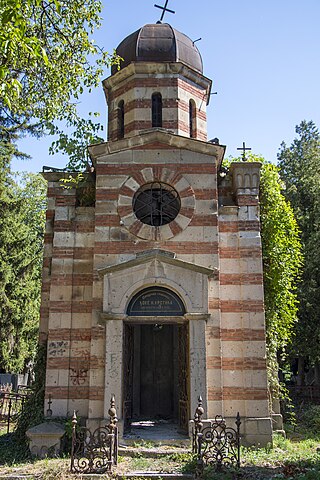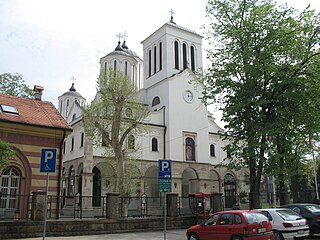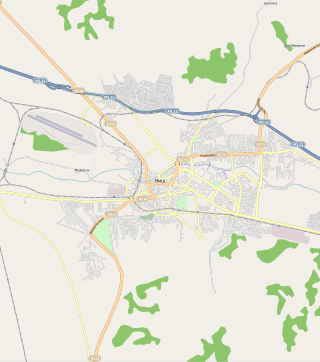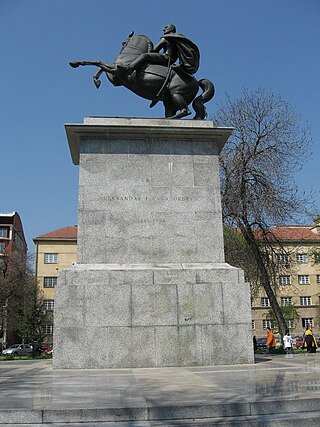Self-guided Sightseeing Tour #3 in Niš, Serbia
Legend
Tour Facts
1.8 km
15 m
Experience Niš in Serbia in a whole new way with our free self-guided sightseeing tour. This site not only offers you practical information and insider tips, but also a rich variety of activities and sights you shouldn't miss. Whether you love art and culture, want to explore historical sites or simply want to experience the vibrant atmosphere of a lively city - you'll find everything you need for your personal adventure here.
Individual Sights in NišSight 1: Старо гробље
The Old Cemetery Memorial Complex is located in the southern part of the city, administratively belongs to the Municipality of Palilula and is located in the settlement of the same name, which was named after him. It dates back to the time of the Ottoman occupation. The age of the cemetery is indicated by the data from the oldest monuments that have been preserved in the western part.
Sight 2: Holy Trinity Cathedral
Get Ticket*The Holy Trinity Cathedral is the seat of Eparchy of Niš. After the Church of St. Sava and the Church of St. Mark in Belgrade, the Cathedral Church in Niš is the largest in Serbia.
Wikipedia: Holy Trinity Cathedral (Niš) (EN), Heritage Website
Sight 3: Црква Узвишења Светог Крижа
The Church of the Assumption of the Most Holy Theotokos is located in Donja Vrežina, in the municipality of Pantelej. It is dedicated to the Dormition of the Most Holy Theotokos, which is celebrated on August 28.
Wikipedia: Црква Успења Пресвете Богородице у Доњој Врежини (SR)
Sight 4: Споменик Краљу Александру
The monument to King Aleksandar Karadjordjevic is located in the center of the city, on the square of the same name in Niš. The monumental monument is the work of academic sculptor Zoran Ivanovic from Belgrade, and it was cast in the foundry "Kuzman" in Smederevo. The pedestal of the monument is carved with the inscription "King Aleksandar Karađorđević 1888 – 1934". The height of the monument is 4.5 meters, on a pedestal 7 meters high and weighing 3.3 tons.
Wikipedia: Споменик краљу Александру Карађорђевићу у Нишу (SR)
Sight 5: Трг краља Александра Ујединитеља
King Alexander the Unifier Square is a city square in Niš, in the municipality of Mediana, in the part of the city known as King Alexander Square.
Share
How likely are you to recommend us?
Disclaimer Please be aware of your surroundings and do not enter private property. We are not liable for any damages that occur during the tours.
GPX-Download For navigation apps and GPS devices you can download the tour as a GPX file.



